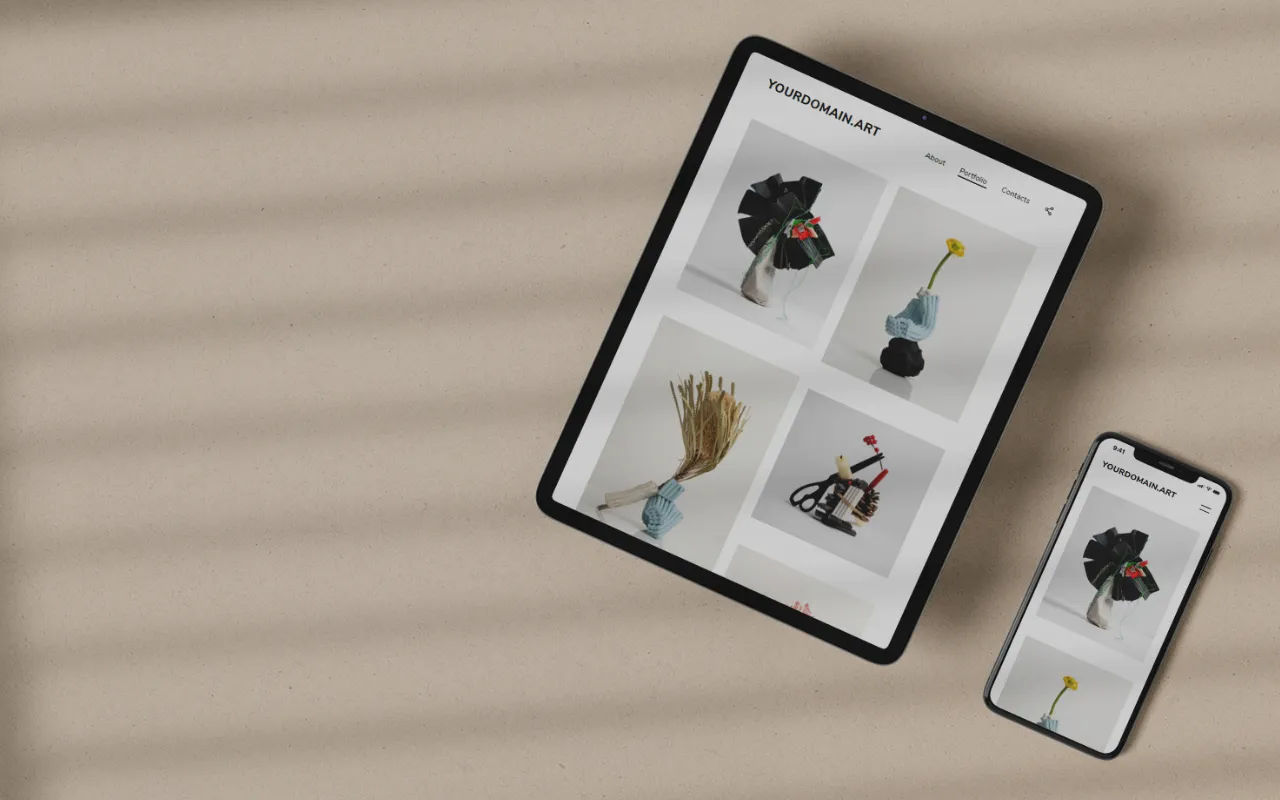10 Rules for Writing Articles for your Website
Content is king! Keep it unique, high in quality, relevant - this blog post will help you make sure that your content sets you apart!


Cover image: Susan Sontag by Annie Lebovitz
When it comes to online marketing, text is a powerful weapon. But if you want it to have the desired effect (to attract and convert customers, for example), you need to know how to use it correctly. This means you need to focus on creating valuable content.
The stages involved in crafting articles and texts
Before you start writing, you need to define your immediate and long-term goals and your target audience. A short-term goal is, for example, attracting traffic to the website, increasing the number of sales, or gaining new subscribers. The long-term goal takes a deeper look at why you’re writing this particular text: are you trying to solve a problem, or are you trying to entertain? When it comes to identifying your audience, you need to know who you’re writing for, as that will define your tone of voice. For example, veterinarians will easily understand the terms “auscultation”, “abduction”, “papula”, while regular readers will need to search for the definitions. If the target audience is too broad, it is worth writing simply and clearly, in a way that a 7-year-old can understand.
The second step when writing a text is to determine its form. Figure out where exactly your content will be placed. Based on all the information you have collated, determine what type of content you want to publish: is it a commercial, an infographic, a social media post or a landing page copy? Think about what matters to the reader, and what they want to find out. Make a detailed plan for the article, featuring plenty of research and bullet points. You should also think about its structure. The article you produce should have subheadings, lists, and quotes, and it is advisable that the audience can“read diagonally” through your text. Next, choose a few interesting points and study them in more detail. Finally, when writing, try to stick to the following rule: one paragraph, one thought.
As a rule of thumb, an article can serve different purposes:
- To sell – the aim is to motivate your audience to buy whatever product or service you’re selling
- To describe –here, the goal is to offer details about the product or service and to disclose its benefits
- To inform/educate – this is the sort of text that answer’s your audience’s questions and/or offers solutions
Now that you have been introduced to the different purposes that your text can serve, let’s look at 10 rules for helping you write effective content for your website.
How to link your .ART domain to your website Read More
10 rules for writing effective content for your website
Informative texts – knowledge-based for example company blog
- Identify the key pain point: do this in the title so that the reader understands what knowledge they will gain from the article. You can use different techniques, for example, you can name your text: “How to eliminate cockroaches in an apartment” or “7 ways to monetize your website”. The key point here is how direct your header is, as it should predict the content that follows.
- Offer background on the problem. There’s no need to be too wordy here: if half the text is details that “in ancient times, there were almost no cockroaches, but now they have appeared, and you need to remove them”, the bounce rate will be off the scale. Instead, briefly outline what might happen if you don’t address the problem.
- Solve the problem. The entire text, except for the intro, should be devoted to answering the key question. Go into detail, but don’t bore your reader. Try your best to explain any jargon and terminology and offer step-by-step instructions. Make the material as useful as possible.

Sales purpose texts, for example, landing page
- Grab the reader’s attention. Ask a provocative question and write a powerful headline. Don’t cut and run with platitudes like “Do you want to change your life?”. The reader needs to understand quickly and easily what you’re offering, and why they need it. For example, start the text with something like: “We teach you how to make websites in a span of six months. Money back guaranteed.”
- Stir up interest. Advertise a product or service: for example, tell your potential customers that the new iPhone keeps the charge for as long as 25 hours so that the customer needn’t have to carry a charger. You can use any advantages of the product/service.
- Build up desire. Make sure that the reader wants to pay for the purchase or at least order a consultation there and then.Use the company’s Unique Selling Proposition (USP) or call to action, but don’t go over the top. Limitations — for example, stock items – are a good way to prompt buyers to make a purchase.
- Know their triggers. For example, use a feedback form or offer your audience a callback. The fewer steps they have to take to find out more about your product, enter your funnel, or make a purchase, the better.

Descriptive texts, for example, company websites or online stores
- Draw attention to the details. Tell your audience more about the product: they need to understand what they’re buying, exactly to a tee. Make sure you don’t go into too much detail though: keep it short, sweet, and appealing.
- Give examples of use cases. This is simple: you need to show your readers where, when, and in what circumstances the product is needed. You can give concrete examples with client testimonials (so long as they’re happy to share them!).
- Highlight the advantages. Sales pitches can do wonders: offer low prices, quality guarantees, payments by instalments or deferred payments, free shipping, etc. These are all valuable prompts that will entice your audience to buy into your product.

Bonus: good design
Articles that are designed well usually have higher conversion rates (given that they’re written well). Use a common font and a font size 10-16, depending on your website’s format. Try to incorporate subheadings and lists. Supplement the text with illustrations and highlight important thoughts or tips in a distinct colour, italics, or quotes. Just before you publish, make sure to have a final edit and proofread.










